
Uzbekistan • 22 May, 2025
Uzbekistan from an unexpected angle
Every country has something unique to reveal — and Uzbekistan is no exception. Let us dive into the details that will help you see our remarkable country from a new and unexpected angle.
Tashkent, one of the oldest and largest cities in the region, impresses not only with its history but also with its scale. Today, its area spans 334 square kilometers, and its population exceeds 3 million people. It ranks 4th among CIS cities by population. In 2009, the people of Tashkent celebrated the city’s 2,200th anniversary, while Samarkand — 2,750 years old — is as ancient as Rome.
Uzbekistan is home to traces of some of the world’s oldest settlements. For instance, remains of a Neanderthal estimated to be over 50,000 years old have been found here, and the earliest discovered petroglyphs date back to the Mesolithic era (15,000–6,000 BCE).
Uzbekistan has several industrial zones — in Navoi, Jizzakh, and Angren — and new ones are emerging on the horizon in Kokand, Urgut, and Gijduvan.
Uzbekistan is a country of open doors: in 2023, over 6.6 million tourists visited the republic, primarily from CIS countries such as Tajikistan, Kazakhstan, Kyrgyzstan, and Russia — but the number of guests from Turkey, India, China, and Europe is steadily growing.
The Syr Darya River is the longest in Central Asia, flowing through several countries: Kyrgyzstan, Uzbekistan, Tajikistan, and Kazakhstan. This lifeline stretches for over 2,200 kilometers.
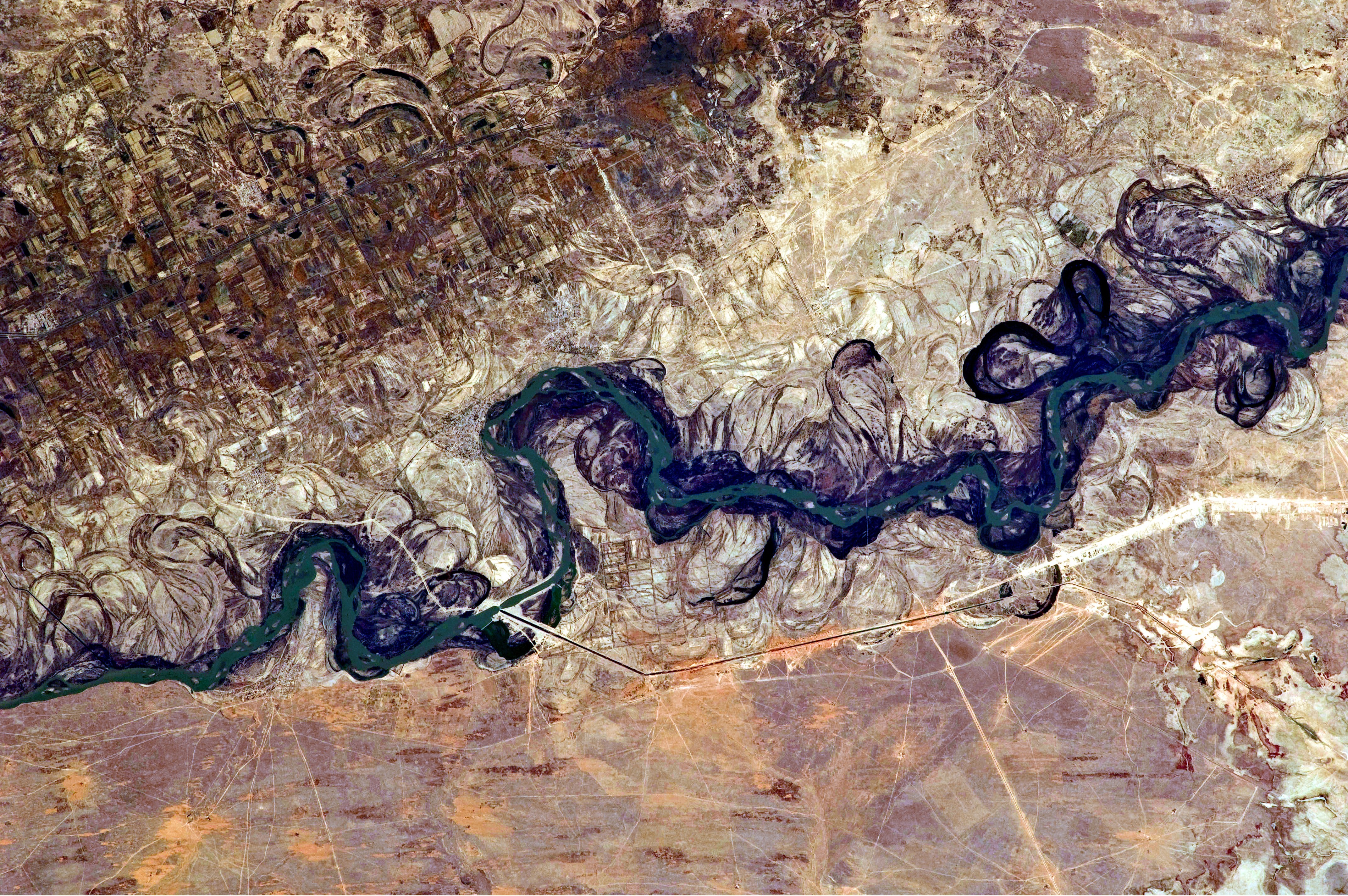
Chorsu Bazaar is not just a marketplace but a living piece of history that dates back to the 8th century. It is considered one of the largest bazaars in Central Asia. The name “Chorsu” comes from Persian, meaning “four roads” — a reference to its structure with four entrances leading into the domed complex.
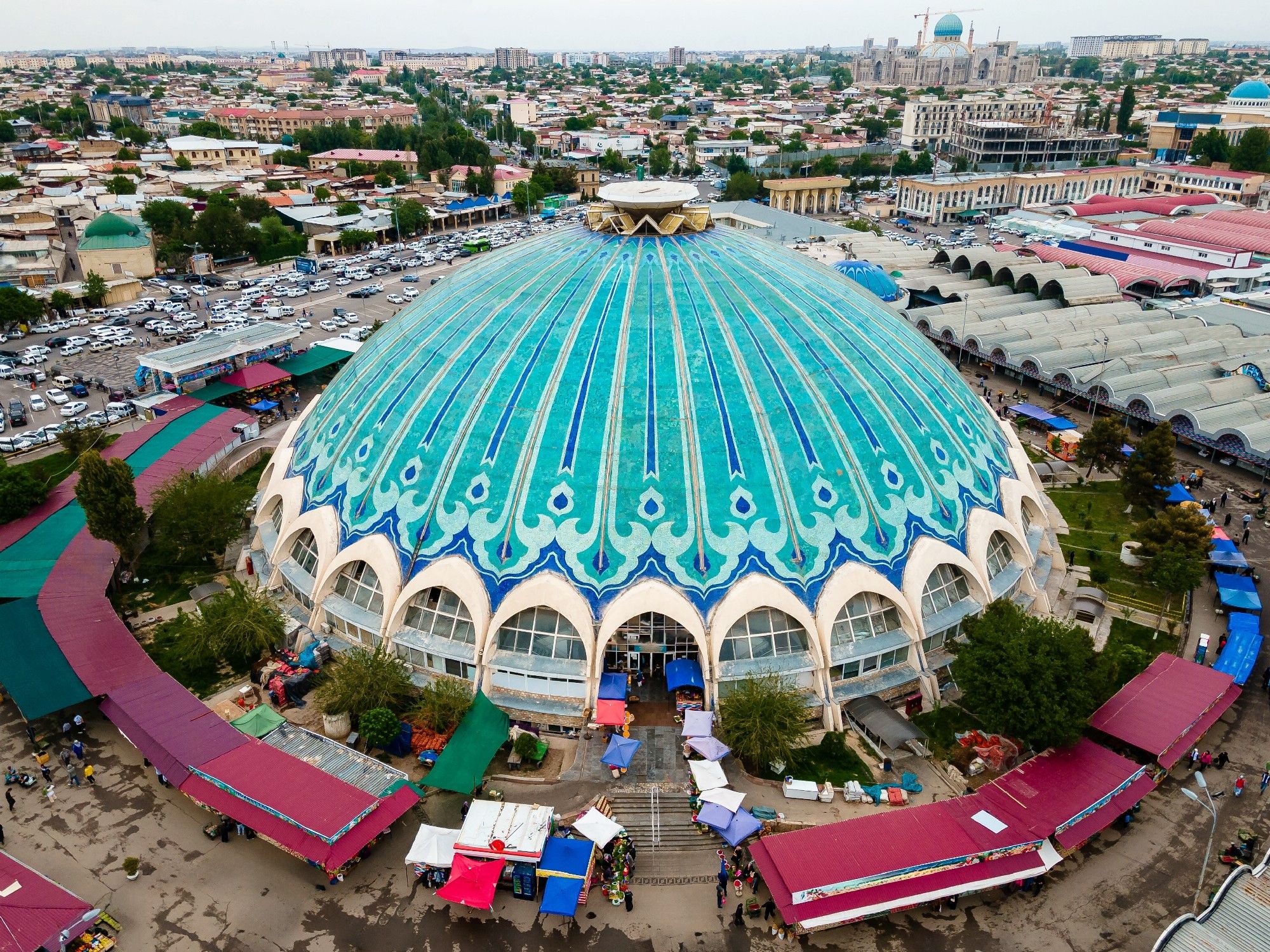
The Tashkent Metro opened in 1977 and was for a long time the only subway system in Central Asia. Its construction drew on experience from six cities of the former USSR and Japan due to the region’s unique seismic, geological, and climatic conditions. Many stations are decorated with Nurata and Gazgan marble and Uzbek granite.

The Gissar Range is home to the highest point in Uzbekistan. Mount Hazrat-Sultan, located atop the range, rises to 4,643 meters above sea level.
To the southwest lies the Gissar State Nature Reserve, which protects endangered species such as the Tien Shan brown bear, white-clawed bear, snow leopard, Turkestan lynx, Central Asian otter, Central Asian cobra, bearded vulture, Himalayan griffon, golden eagle, white-headed vulture, black vulture, saker falcon, booted eagle, and many more.
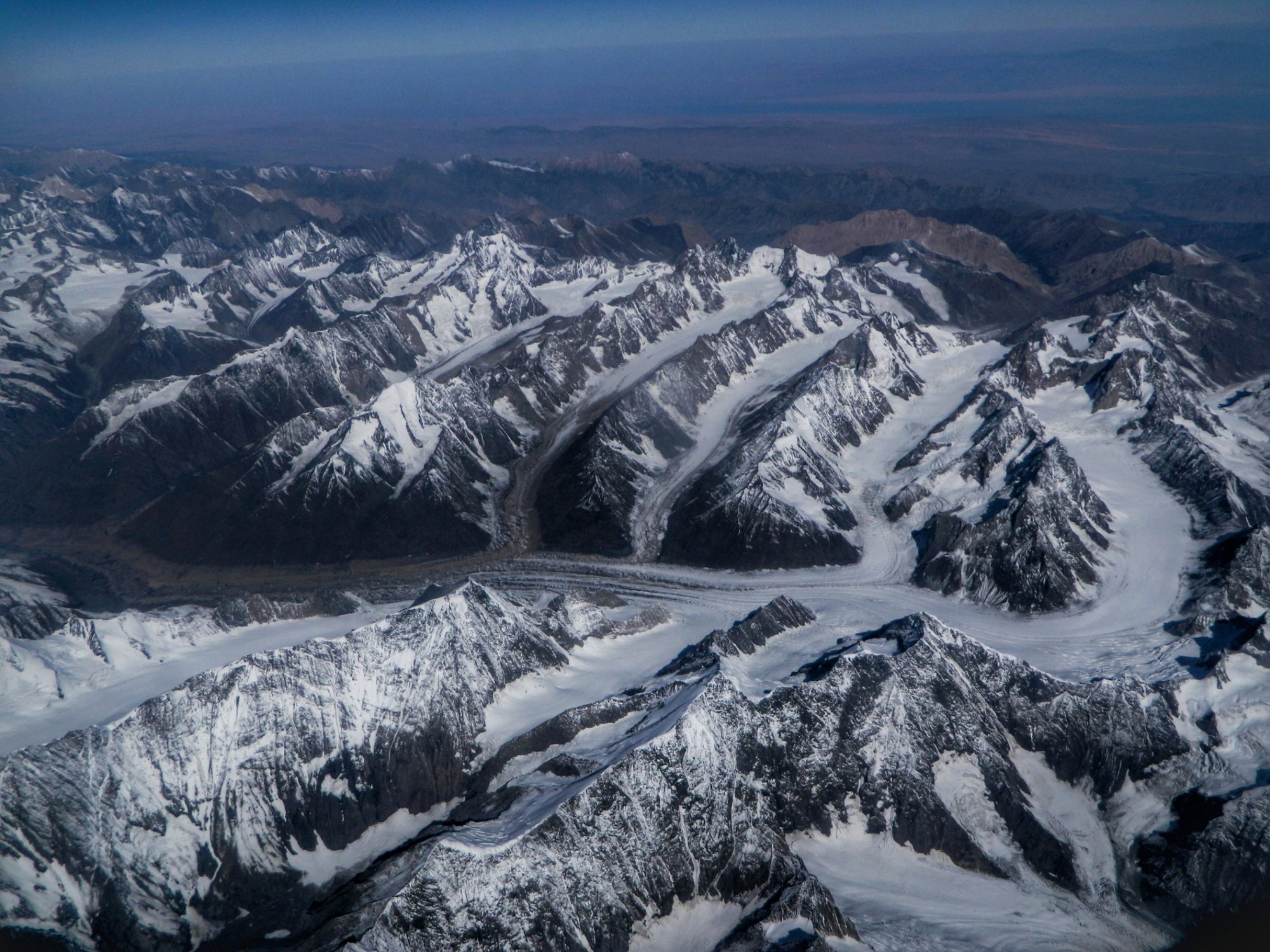
The Tashkent State University of Oriental Studies holds one of the largest collections of medieval manuscripts in Arabic, Persian, and Turkish — over 25,000 items. It is a true treasure library, offering a glimpse into a distant past.
Uzbekistan is the birthplace of television. On July 26, 1928, the first image was transmitted over distance from here.
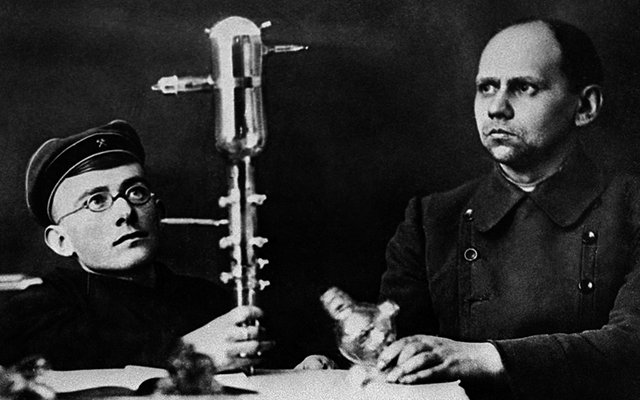
The UzAuto Motors plant in Asaka is the leading car manufacturer in Central Asia, producing over 250,000 vehicles annually.

The Tuyamuyun Reservoir is the largest man-made lake in Central Asia, located on the border of Uzbekistan and Kazakhstan.
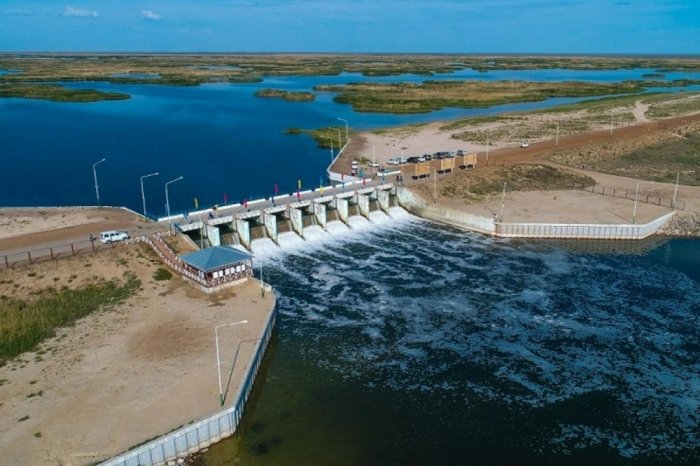
Uzbekistan boasts the longest high-speed rail network in Central Asia. "Afrosiyob" trains connect the country’s major cities and offer a level of speed that makes traffic jams and delays a thing of the past. Tashkent is home to the tallest television tower in Central Asia, which ranks 11th in the world by height. Its observation deck offers breathtaking views well worth the visit. Mountains cover about 20 percent of Uzbekistan’s territory, offering stunning landscapes and opportunities for outdoor adventure.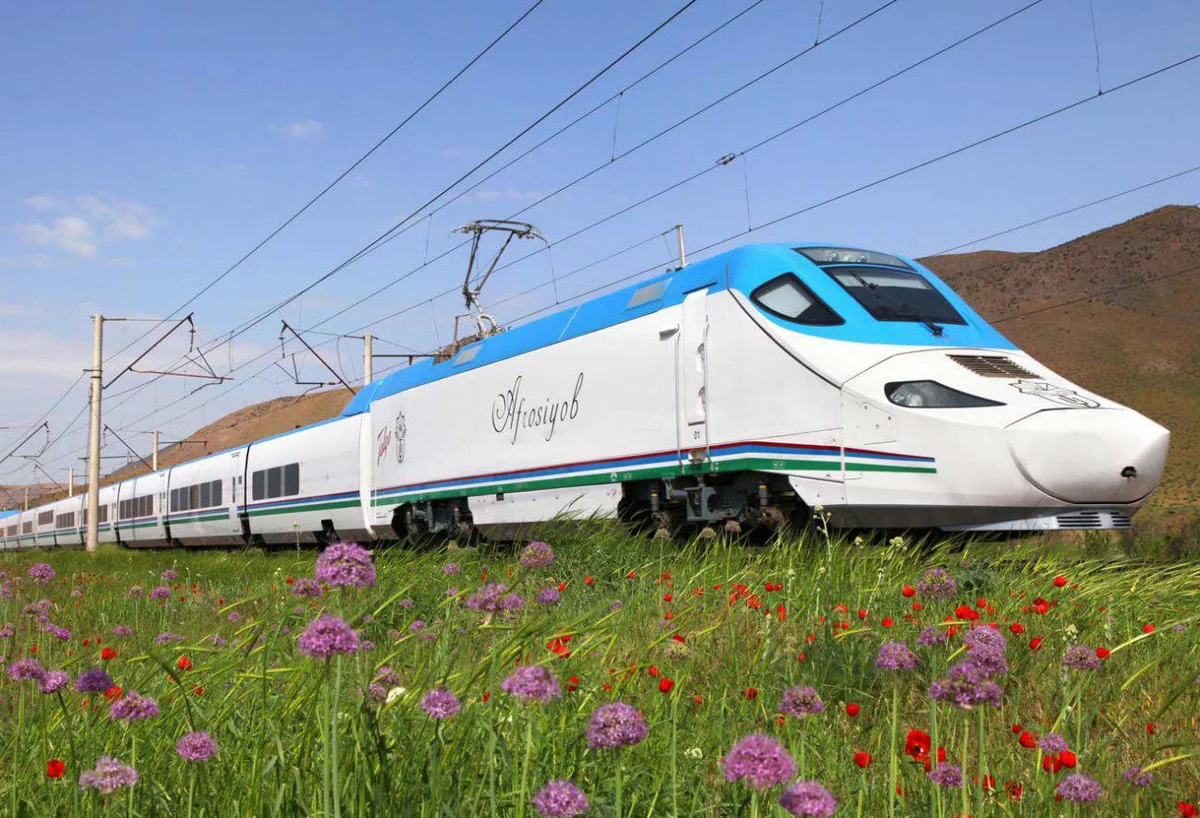
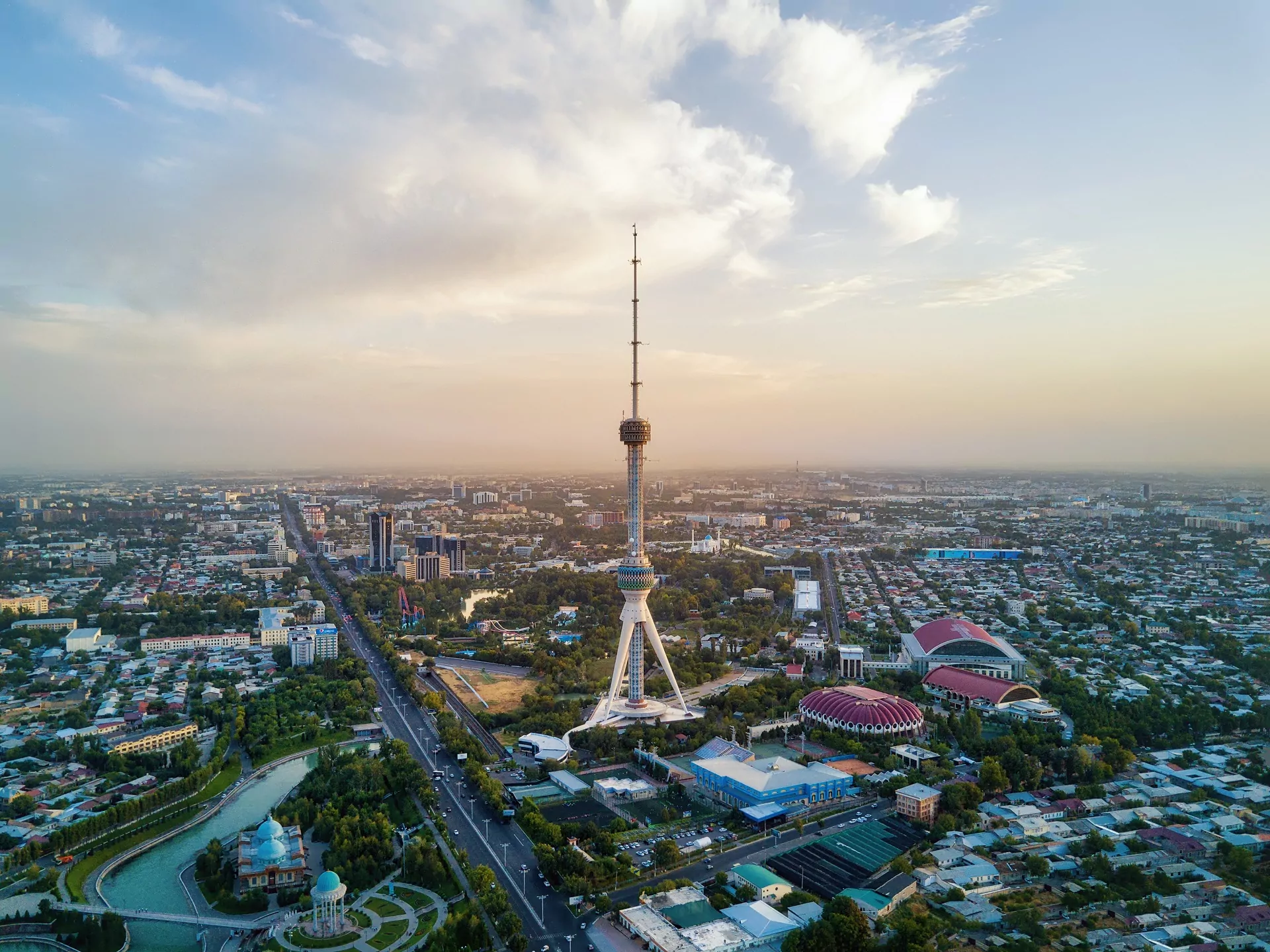
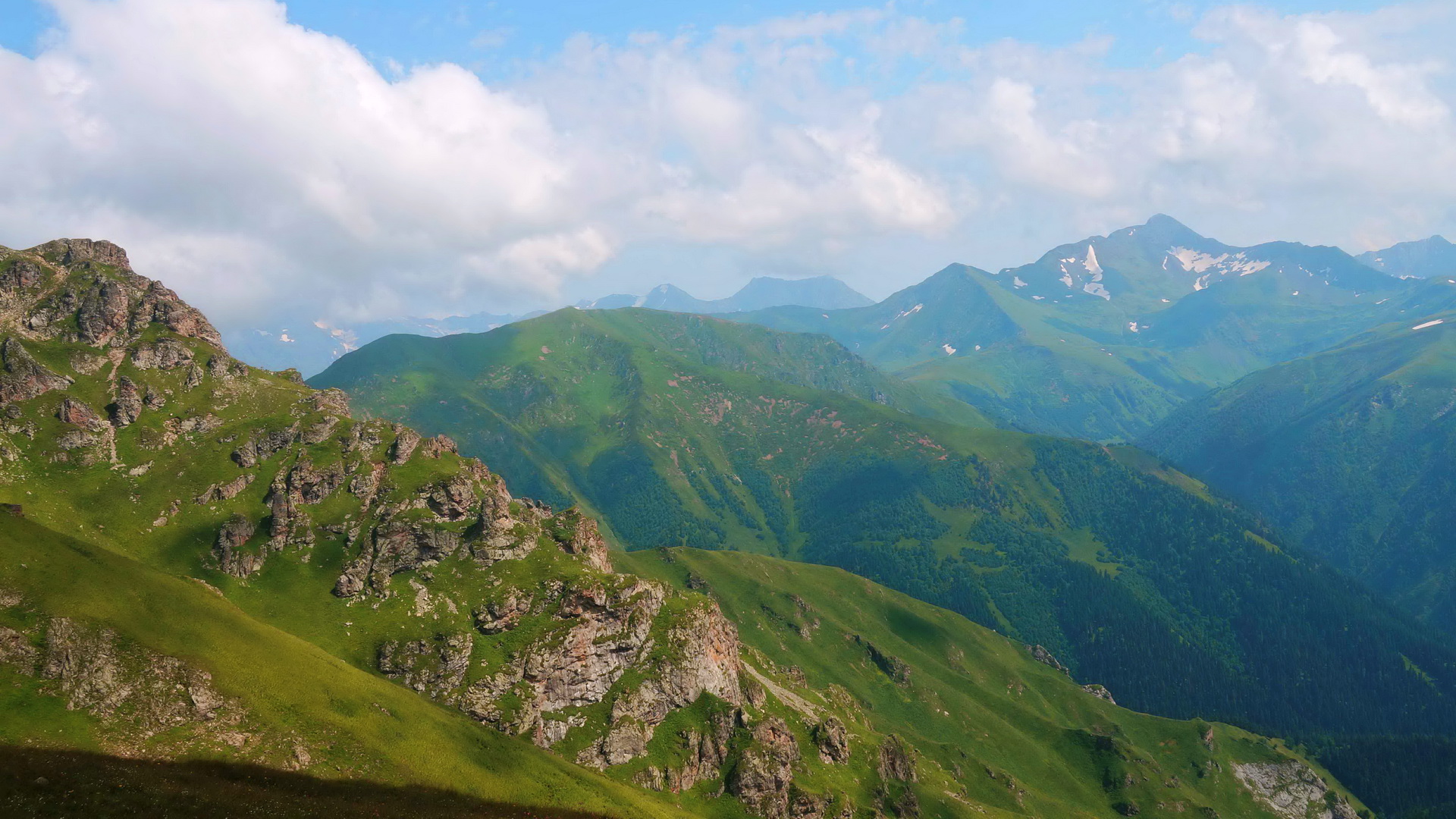
In terms of gold reserves, Uzbekistan ranks fourth in the world — behind only South Africa, the United States, and Russia. In gold production among CIS countries, it holds second place after Russia. The Muruntau mine, located in the Kyzylkum Desert, is one of the largest gold deposits on the planet.